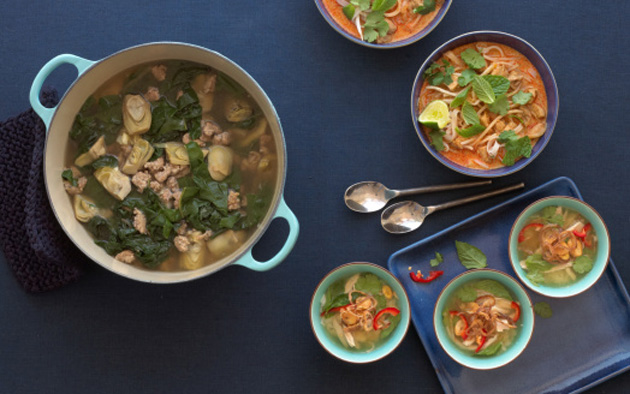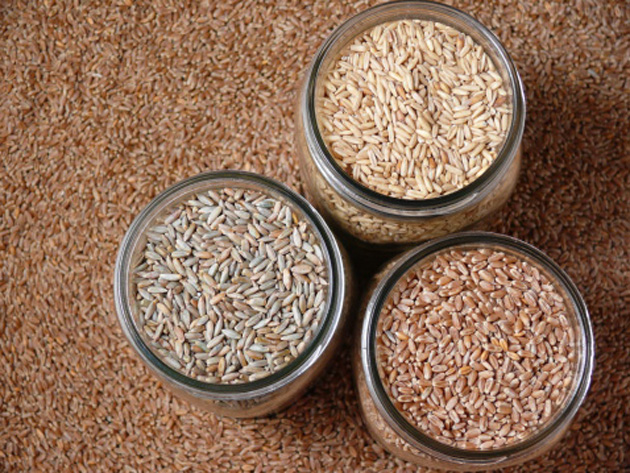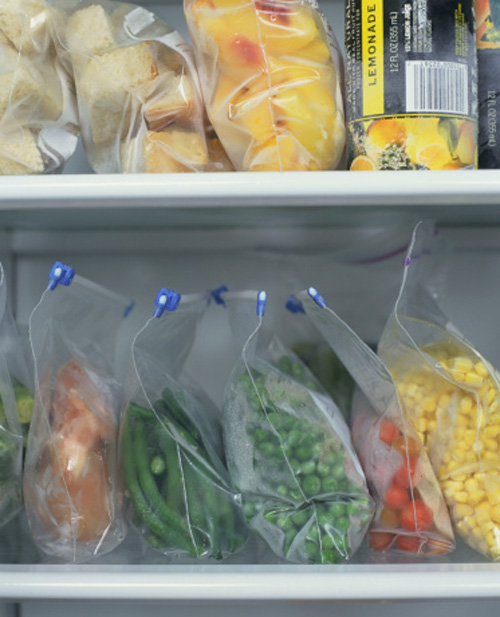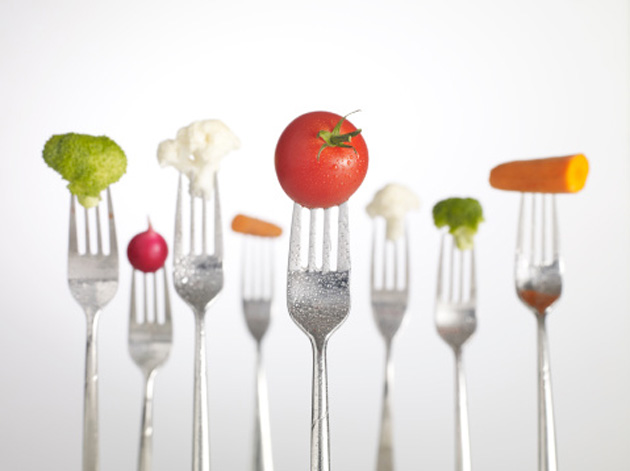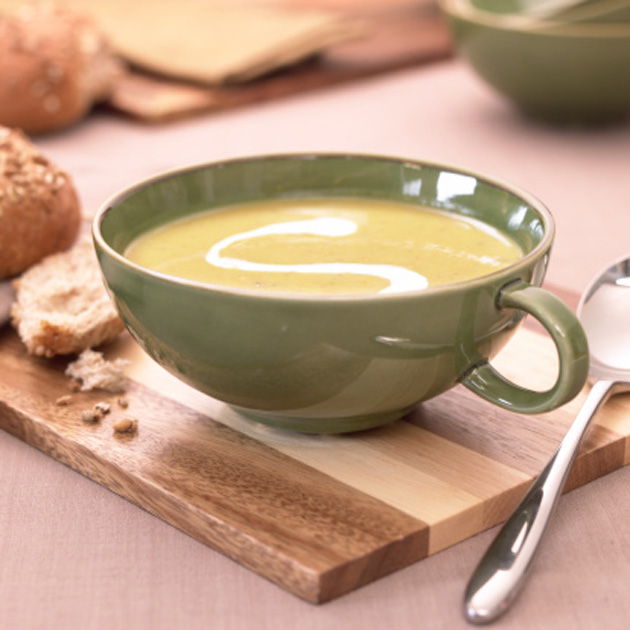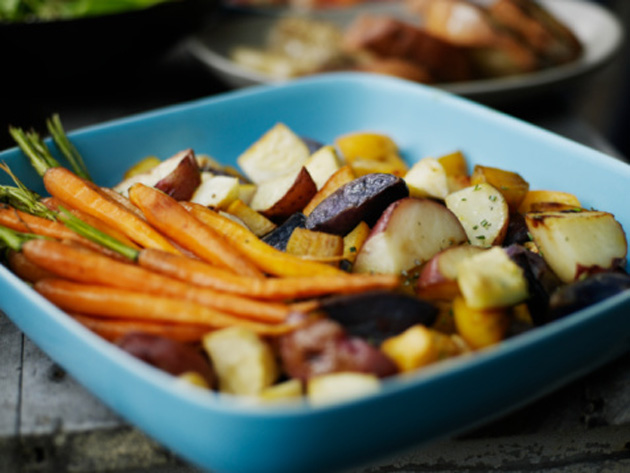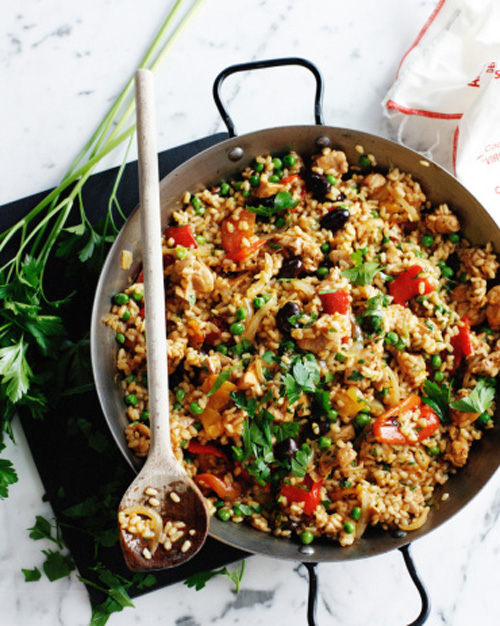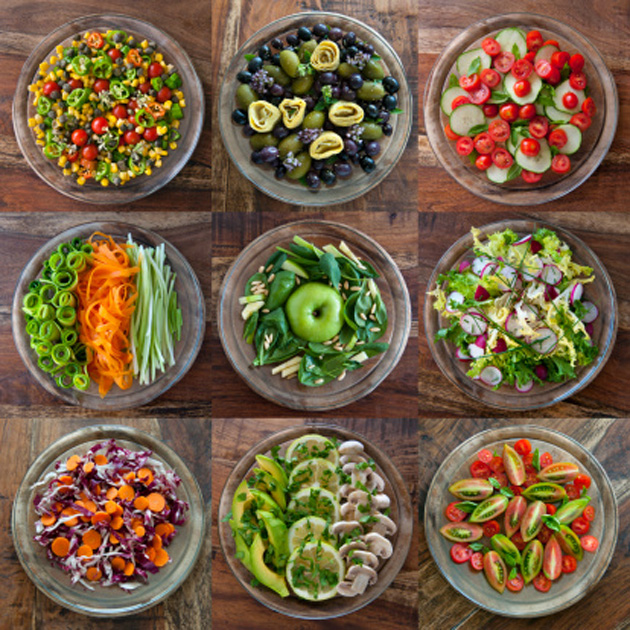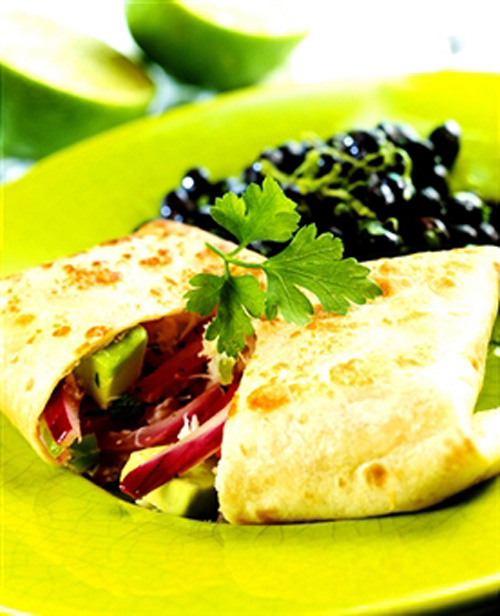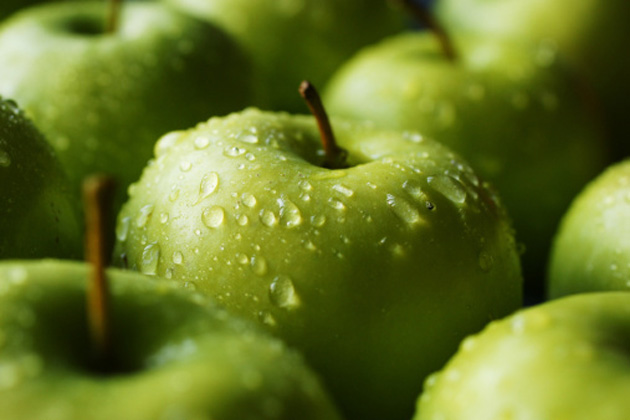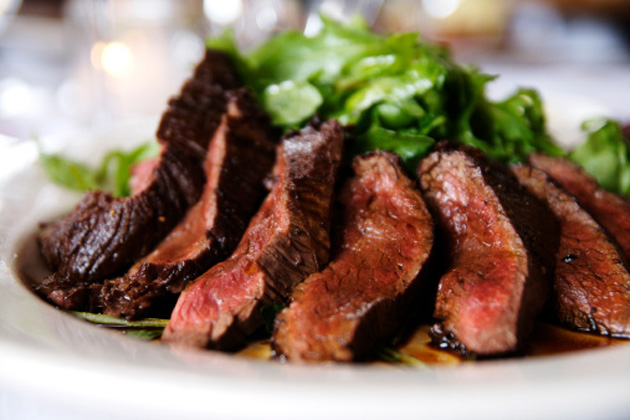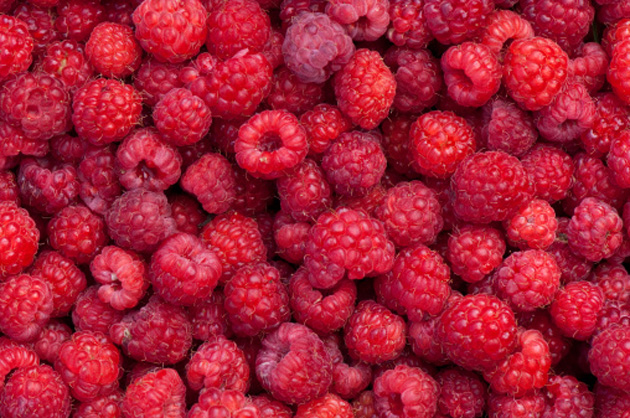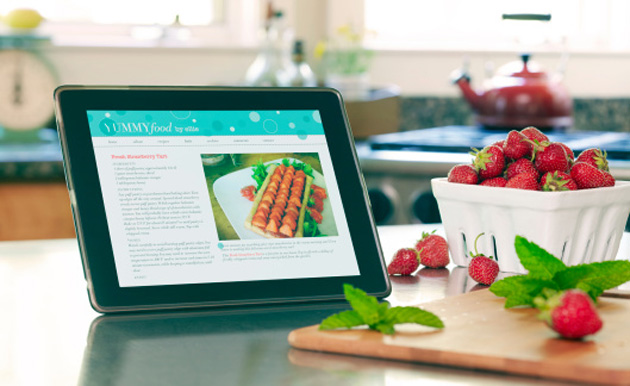15 Ways to Stretch Your Food Budget

Are soaring food prices getting you down? Here, some basic saving strategies and ideas to stretch your budget.
1. Properly package and store food. Stop throwing out food by learning how to properly store and package it to prevent spoilage. For instance, don’t trust the flimsy plastic wrap to ward off freezer burn — wrap meat in heavier plastic, foil or freezer paper. And what about bulk foods? Don’t let excess air make things go stale — repackage into smaller containers instead. (See 10 food storage mistakes — and how to fix them for more tips.)
2. Do it yourself. If you can take apart a chicken, you can save money buying a whole bird instead of pricier boneless, skinless pieces. (Plus the bones make great soup!) You can also save on prepared and convenience foods with a little DIY — and it’s better for your health.
3. Use as much as possible. Many people throw out bones and vegetable trimmings that can still be put to good use. For instance, chop up broccoli stems and cauliflower leaves for stir fry or steamed vegetables. Stale bread can make tasty croutons, bread pudding or bread crumbs (simply blast in the food processor and add your favourite herbs).
If you do remove the edible peels from vegetables, freeze them for future soup stock.
4. Stock up on low-cost staples. Whole grains like oats, rice, quinoa, millet, couscous and buck wheat are inexpensive despite price hikes, especially when purchased in bulk. (You can cook them ahead of time and freeze them too.) Legumes are less expensive than meat per serving, and frozen edamame beans are packed with protein and healthy fats. Frozen vegetables can fill out any meal or top a salad.
Watch the sales — a can of tuna, chicken or salmon has many uses from sandwiches to salads when you’re running short on time. Canned legumes offer a quick way to add protein to any meal or make a cheap stew. (For more ways to stock up on inexpensive ingredients, see What’s in your cart?)
5. Freeze foods promptly. Don’t wait until you’re sick of a food or realize you aren’t eating it up fast enough. Instead, freeze part of that loaf of bread or casserole within a day when it’s at its freshest. (You can always raid the freezer later on.)
6. Make it a leftover night. Are the remains of this week’s meals accumulating in your fridge? Cut them into smaller-sized portions and serve buffet-style. Need to pad the offerings? Raid the fridge for veggies and dip, make a green salad or toast some crusty bread.
7. Make a single serving soup. Sometimes we’re stuck with a spoonful of this, or a sliver of that — not enough for another meal. Get out a freezer container and slice up that small serving of meat, throw in that last spoonful of rice and add in the cooked vegetables. Then, top it up with your favourite broth. Add some seasonings or black pepper if you prefer, and pop in the freezer or fridge.
Or, simply freeze all these odds and ends for the next time you heat up some soup or stew.
8. Roast those veggies. Have your vegetables seen better days? Roasting will crisp them up and intensify their flavour. You can follow a recipe, or simply chop the vegetables, toss in oil, season with herbs and bake until crispy and brown — about 30-40 minutes at 400 degrees F (depending on your oven). Harder vegetables like carrots and turnip will need longer than softer ones like zucchini, peppers and broccoli. (Try these recipes for inspiration: Oven Roasted Mushroom and Vegetable Salad and Anna Olson’s Roasted Root Vegetables)
9. Clean out the fridge with a stir-fry. It’s more of a technique than a recipe. All you need is either a fat (like olive oil or margarine) or liquid (water, broth or ginger tea) to keep the food from sticking and add some flavour. If you’re using meat, cook it first and set aside.
The trick is not to overcook the vegetables. Remember, the ones that take the longest go in first — like carrots, beans, turnip and cauliflower — followed a few minutes later by zucchini or squash. Vegetables that don’t require much cooking — like peas, peppers and spinach — can be added for the final minute or two of cooking. Keep stirring until cooked but still crisp, and add the meat back in.
For more on this method, see About.com’s Stir Fry Tips or start with a recipe, such as Spicy Shrimp Stir-fry.
10. Turn a salad into a meal. Just about anything tastes good on a bed of greens with a tasty dressing, including leftover cooked vegetables, strips of meat or seafood and grains. A little short on protein? A handful of nuts or seeds can substitute for the meat. Fresh fruits can add a splash of colour and sweetness, or raid your pantry and add dried cranberries, raisins or dried papaya chunks.
For more ideas, see Scrumptious summer salads.
11. Wrap it up. Need a meal for on-the-go? Turn that salad and stir-fry into a wrap, or chop up veggies from your fridge to make a pizza or flat bread. If you’ve got good bread and tasty cheese, turn your grill into a Panini press by creating a gourmet sandwich.
12. Make fruit into dessert. Apples last a long time in the fridge and make the perfect compliment for other fruits such as pears, peaches, apricots and berries when used in a fruit crisp. Try this easy recipe, for instance:
Use-it-up Fruit Crisp
1 cup oats
1/4 packed brown sugar
1/2 to 1 tsp cinnamon, depending on preference
2 tbsp flour (all-purpose, spelt, whole wheat or oat flour will work)
1/4 cup melted butter (you can also use margarine or a substitute like Earth Balance)
6 cups fruit (at least 3 cups should be apples, more if you’re using berries)
Preheat oven to 350 degrees F.
Chop fruit and spread evenly in an 8″ pan.
Combine dry ingredients and add melted butter. Mix well, then sprinkle evenly over the top of the fruit. Bake for 30-35 minutes until the fruit is tender and the topping is golden. Serve warm.
To dress it up, add a scoop of frozen yoghurt, drizzle with caramel sauce or sprinkle with peanut butter chips.
(Adapted by Elizabeth Rogers.)
13. Mind your portions. Get to know the right portion size so you aren’t overeating or overspending. Try slicing meat prior to serving – it will look like more and you won’t feel deprived.
14. Make a freezer spread. Went overboard at the market and things are going soft? Freezer jam doesn’t require sterilizing jars, cooking or canning — just pectin, sugar and four cups of fruit (softer is better!) Choose your pectin carefully — some varieties use juice or other sweeteners in place of white sugar, but may require a little cooking.
Another alternative is to make your own unsweetened apple sauce flavoured with additional fruits like peaches or berries, or simply puree the fruit and freeze for future use. Both work well as a snack or a topping for ice cream, French toast or pancakes — and puree can be a great additional to a summer cocktail. (For more ideas, see Savour summer all year long.)
15. Look for help online. Wondering what to do with all those zucchinis, or ways to use up odds and ends? Look for recipe websites with the right angle, like growers’ associations or food marketing boards. For instance, Foodland Ontario has recipes for specific ingredients, and Love Food, Hate Waste‘s section on “Rescue Recipes” helps you use up what’s in your cupboard and fridge.
Ultimately, saving money on groceries isn’t just about shopping smart — it’s also about using what you’ve got to its best advantage.

